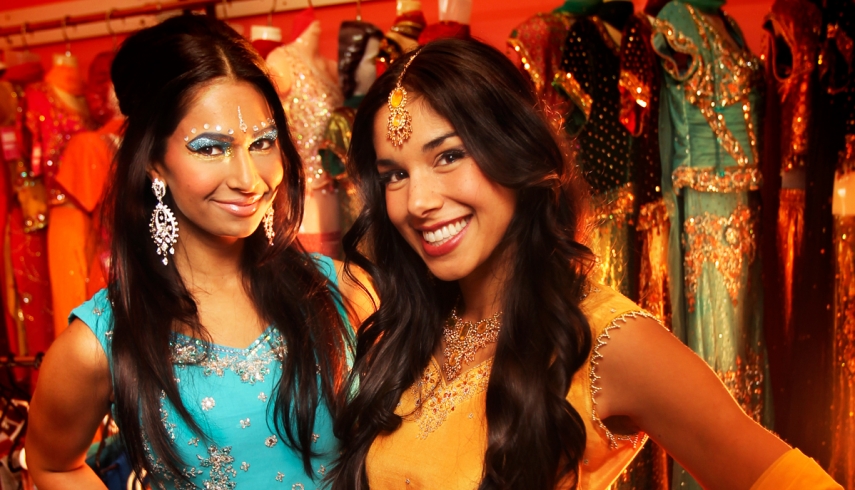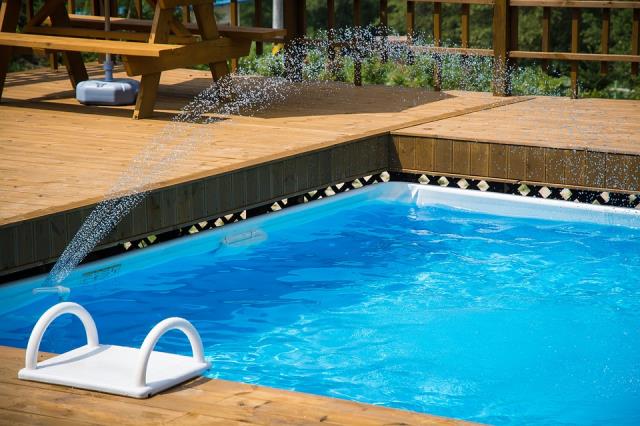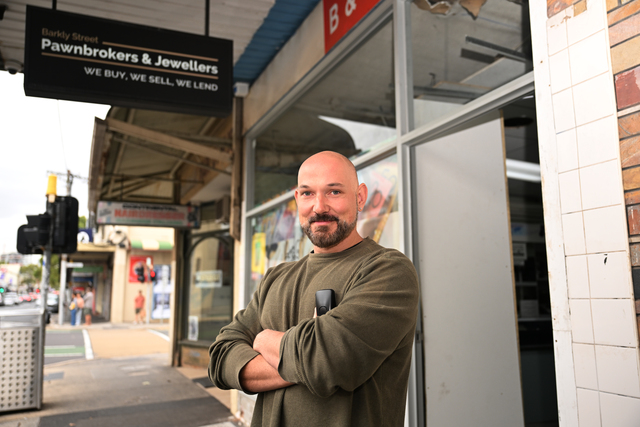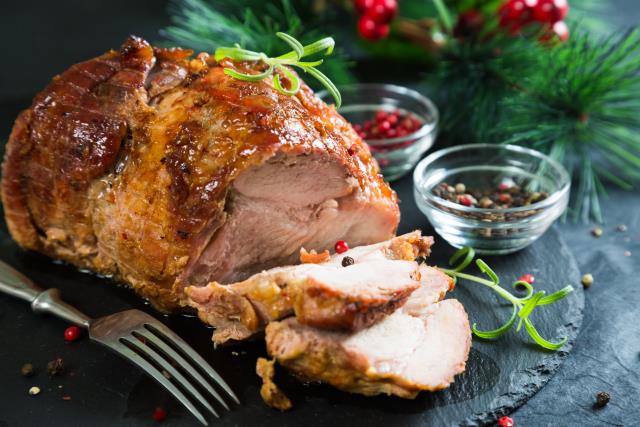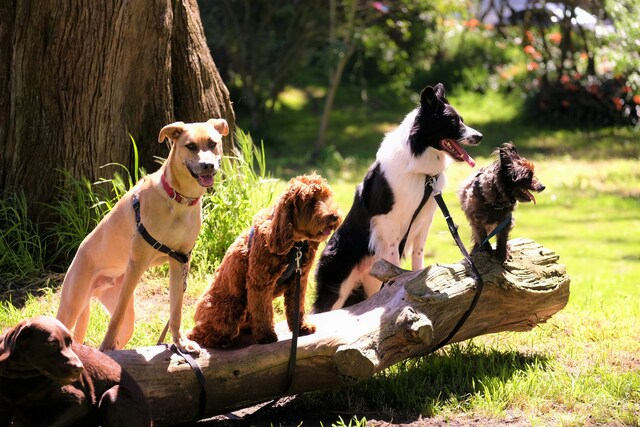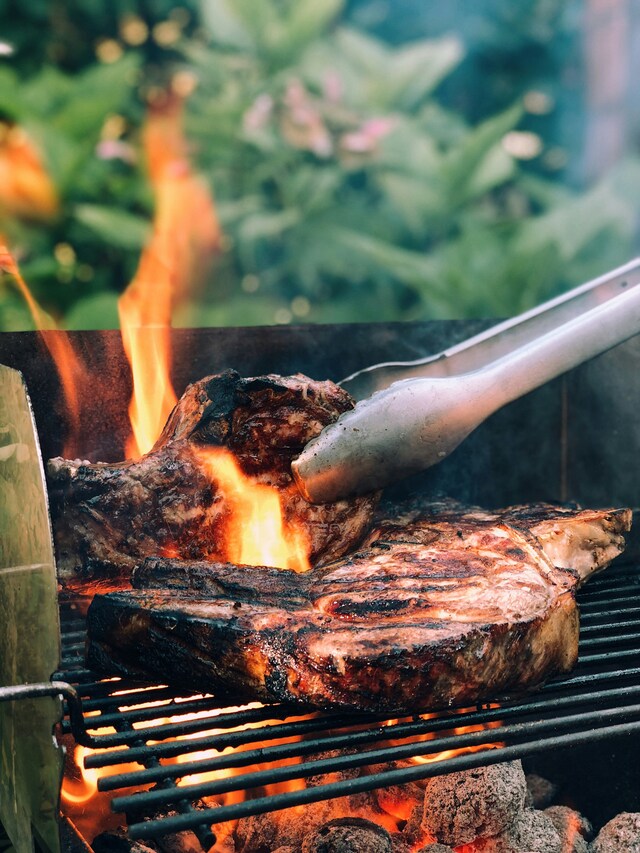The rich, cultural heritage of Victoria’s fastest-growing migrant population is adding colour and spice to life in the ‘burbs as Sarah Harris reports.
When six men wearing turbans and the trademark beards of their Sikh faith appeared on Australia’s Got Talent auditions it’s hard to say who was more surprised – those on stage or the audience.
But within moments it became abundantly clear the Bhangra dance group from Singh Sabha Sports Club not only had talent, but an almost magnetic power to pull even the most staid from their seats.
“There were 2000 people in the theatre and at the end of the performance there was not one person sitting down,” Gurdip Ahluwalia, a senior member of the Sikh community based around the Gurudwara Sri Guru Singh Sabha temple in Craigieburn, recalls proudly.
“They raised the roof off. It was magnificent. It is this sort of stuff that will win people over.”
It’s difficult to imagine even as little as a decade ago that a traditional dance to celebrate the Punjabi harvest would make the cut for a mainstream Australian television talent contest, much less go viral on YouTube.
But such has been the cross-cultural impact of the Indian diaspora and the globalisation of its film industry that white brides are now having henna parties and footy clubs are staging Bollywood dance nights.
In part this is due to the sharp increase in numbers of Indians calling Australia home, with 47 per cent of the 295,000 Indian-born people living here arriving in the four years before census night last year
Many of these newer arrivals are making their homes in Melbourne, with 106,598 people or 2.7 per cent of the city’s population now of Indian origin – more than double the number recorded in the 2006 census.
New growth areas like Wyndham are particularly attractive destinations, with a fourfold increase since the last census in the numbers of residents born in India or with parents born in India.
With the community comes their cultural and spiritual identity reflected in the temples in Rockbank and Sunshine, the shops and businesses like Melbourne Henna run by Supreet Tuteja.
The Taylor’s Hill henna artist and businesswoman observes there has been an explosion of interest in all things Indian.
“The cultural expressions have been growing, specially this side of town, the western side. It is crazy, right from the beauty parlours to shops selling Indian products and henna art.
“We now do a lot of non-Indian parties and festivals and I have also had white brides who want henna on their hands for something a bit different and special.”
It’s a far cry from 1990 when the Tiwari family set up shop in West Footscray and theirs was one of only three Indian grocery shops in the whole of Victoria. Now their Bharat Traders grocery store and Bollywood Fashion ‘N’ Beauty are among dozens of Indian-owned businesses in Barkly Street.
“When we came we couldn’t even find the Indian rice,’’ Sheela Tiwari recalls. ‘’We had to use the thick Australian rice. That is why we started this business and at first it was very, very small.”
And so was the number of Indian residents.
“Back then if you saw another Indian on the street you would stop and talk to them because you would hardly ever see one,” her daughter Pratibha adds. “Now, it’s just everyday.”
With the support of so many of their countrymen and women it has become easier for Indian Australians to express and share their culture as Sharon Johal, one of the contestants on the recent SBS ratings hit Bollywood Star, observes.
“It was toward the my later teens, early 20s, when I actually embraced the fact that I was Indian,” reveals the lawyer, who has family in Point Cook.
“Before that I used to always try to make myself look white. I grew up in a really small country town where there were no other Indians. The closest thing to us were Aboriginals. Mum was often confused as an Aboriginal person.”
In spite of a typically Aussie name, Sharon recalls feeling her cultural background set her apart.
“It was more ignorance than racism. People just didn’t understand why I wasn’t allowed to go to parties, why I had to be fully covered a lot of the time, or even what we ate.
“If one of my school friends came to my house it would be like: ‘Your house smells of curry’ — as if it were not a good thing. Whereas these days people are begging for an invite. They’ll say, ‘Ask us over, so your mum can cook us some food’.”
Indian food has been its people’s greatest ambassador as Jessi Singh, chef and co-owner of Kyneton’s hugely popular Dhaba Mill, agrees.
“Food brings people together,” he says. ‘’Huge numbers of Australian have travelled to India and become very familiar with the food and the culture.”
Indeed, since the ‘70s a trip to India has been almost an obligatory rite of passage for young Australians.
But it is really only in the past few years we have started to see the influence of Indian migration on the high street here.
“Indian is the new Chinese,’’ Singh says. “Just like in the ‘70s Chinese popped up everywhere, even in places like Coober Pedy. Now it is Indian migrants making a mark.”
On of the key factors in successful settlement has been that most Indian migrants spoke English fluently upon arrival.
“Indians are smart,’’ the restaurateur says. ‘’We don’t have a language barrier and we can go and work pretty much anywhere in Australia.”
Australia holds obvious attraction, particularly for India’s burgeoning middle class, who want to provide the best opportunities for their children,
“My nephew just graduated in mechanical engineering,’’ Singh says. ‘’To get into uni he has to pass a test where he sat down with 14 million candidates for just 111 places. He had to beat millions of people just to get in.”
Small wonder Indian students are worth almost $3 billion to the Australian education sector. But it’s not just students who contribute to our economy.
Department of Foreign Affairs and Trade figures show $6.88 billion went from Australia to India in 2010-2011 in investment and merchandise trade while $20.4 billion came from India to Australia.
It’s a very valuable concord.
If the relationship between our two countries could be scripted it would be as fluorescent and compellingly kinetic as any Bollywood movie.
To borrow an Indian term, these are the desi days of our lives and happy endings, just the thing.

